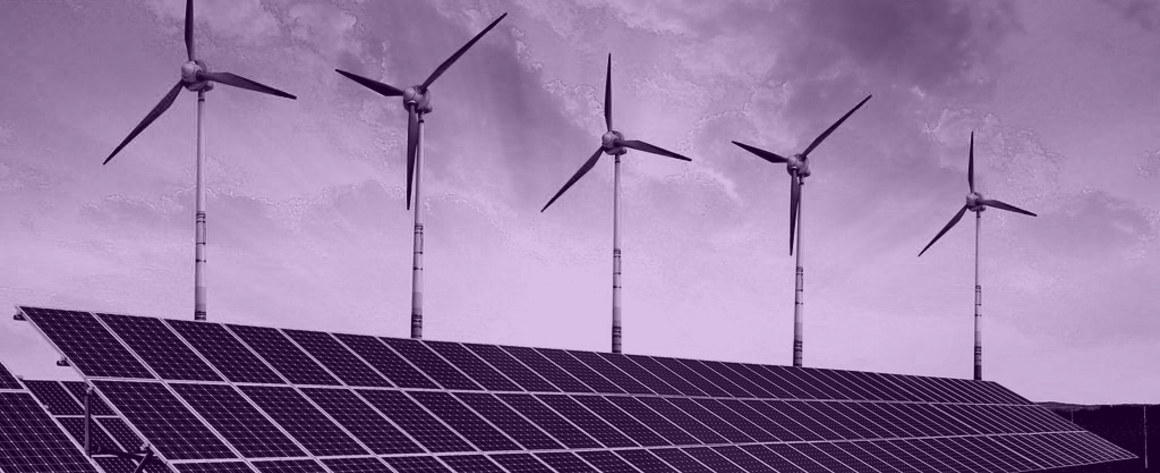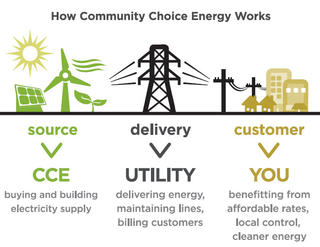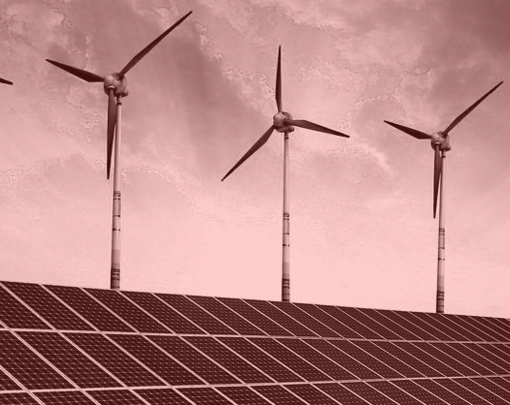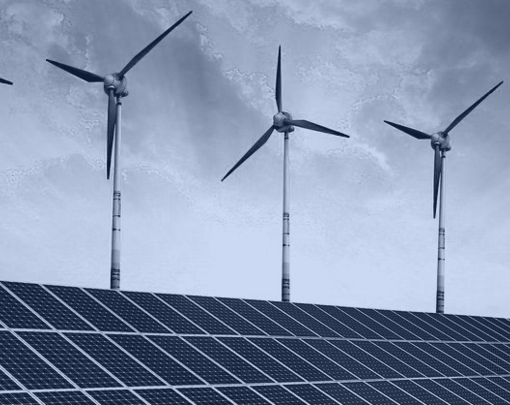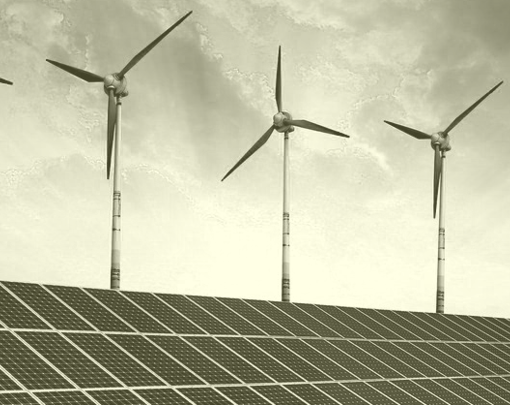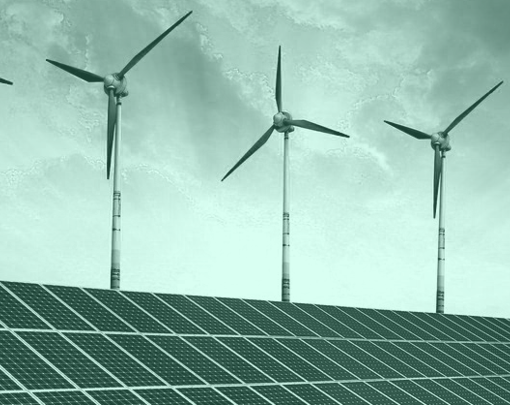Community choice aggregation allows a local government to bundle all of the energy users in an area and provide their energy needs through a publicly owned local institution, leaving the incumbent investor-owned utility to solely operate the poles and wires. Community choice aggregation has significantly accelerated the deployment of renewable energy in states that allow it and serves as an alternative to private monopoly utilities that trap communities in fossil fuel energy as well as individual customer choice programs that may not shift the system fast enough or do so with equity. However, community choice programs are only available in eight states, with varying levels of constraint. Through a Green New Deal, the federal government could expand community choice aggregation to every state, allowing any local government to create their own community choice program, while also providing technical capacity so these new programs can build a local, equitable green economy.
The problem
For-profit, investor-owned utilities (IOUs) as of 2017 served nearly three of every four utility customers.1 These large and sometimes multinational corporations have worked to stop meaningful action on climate change or environmental protection in a moment when we have a few precious years to get on track and stay below a 1.5-degrees Celsius rise in average global temperature. In places where IOUs have made commitments to the energy transition, studies find that progress is slowing.2 The way these companies make money is by investments in capital infrastructure, where they’re often guaranteed a rate of return. This profit system means that investor-owned utilities focus on big projects like power plant construction, pipelines, or large transmission lines that have largely been in conflict with renewable energy and energy democracy.
Energy democracy seeks to build an energy system based on resilient renewable energy in which ownership and wealth are shared equitably, but for utility companies there is little incentive to want to share ownership of renewables (particularly distributed renewables), which would reduce their profit margins, or even invest in renewables at all. What’s more, the wealth amassed by these corporations rewards them with immense power, allowing them to shape politics and regulation to push their agenda through.
Renewable advocates have sought to open up a competitive market for generation, or “customer choice,” in order to get monopoly investor-owned utilities out of the way and open up space for renewable energy. This has had mixed results in actually getting renewable energy onto the grid. In particular, in places where there is a so-called “deregulated” or open market for generation, each individual has to make their own decision to switch from the incumbent utility, a particular challenge for those with less time or resources to evaluate new options. In many areas with consumer choice, predatory energy providers have emerged that offer deals to sign up low-income customers into higher energy costs, often without delivering cleaner or more local energy. These types of predatory energy marketers erode trust in a competitive market, particularly among low-income communities and communities of color that are hit the hardest by rising energy costs. This system has the potential to be discriminatory, with more privileged energy users able to do the research and switch to cheaper providers, leaving lower-income ratepayers with a bigger bill to pay for the utility’s historical bad investments.
Answer: Empower communities
Community choice programs allow local governments or even regions to aggregate all the users in their area and take over as the supplier for their region’s energy generation, while the investor-owned utility continues to operate the poles and wires. Community choice aggregation is both an alternative to private monopoly utilities that trap communities in fossil fuel energy and customer choice plans that may not shift the system quickly or equitably, by collectively investing as a whole city or region in a renewable energy future. This tool has already helped numerous cities across the United States mobilize towards their goals of 100% renewable energy or localized energy in such places as San Diego, California, and Cambridge, Massachusetts.3
Image from: Clean Power Exchange
This opens major opportunities for energy democracy because it provides more agency and local control.
When wielded appropriately, it is far more likely than corporate utilities to benefit those who need it most: low- and moderate-income communities and communities of color. This model can stimulate local economic activity by saving consumers money, grounding the utility in the community, and sourcing energy locally when possible.4 As a new, local government institution, the municipality or region can build processes for community input and direct involvement in the creation of the community choice program. For instance, it could require a multistakeholder board in which representatives from different communities (labor, environmental justice, local business) can provide their say.
Rates offered by community choice programs are often competitive with, or even lower than, the incumbent utility because the new public institution is not motivated for profit-maximization. Furthermore, community choice can be less costly through the use of tax-exempt, low-interest municipal revenue bonds for financing energy procurement. Also, by localizing that investment, it can create a resilient and equitable grid by building local energy capacity and increasing energy efficiency and demand reduction programs in their area. In California, East Bay Community Energy—a community choice program—has built a local business development plan as a way to build local clean energy.5 This strategy can also limit the need for big transmission lines—infrastructure that is increasingly risky as climate events like wildfires, hurricanes, and large storms intensify into the future.
How this fits into a Green New Deal
Community choice has transformed the energy landscape in places like California, Massachusetts, and Illinois. In California, over 10 million people are served by a community choice program and have taken over a major portion of the private utilities’ customer base.6 However, only nine states (as of the end of 2019) have laws that allow communities to implement a community choice program with varying levels of constraint.7 For instance, some states require community members to “opt in” to the community choice program, instead of automatically being enrolled with the option to opt out. This demonstrably breaks the collective power of the local government to shift the entire community to a more local, renewable energy system. Utilities have also used their political heft to attempt to weaken community choice in other ways: the “Power Charge Indifference Act” in California, for example, requires community choice programs to pay a large fee every month for leaving the utility’s program.8
Through a Green New Deal, the federal government could expand community choice to every state, allowing any community or jurisdiction—not just municipalities or regions, but also tribal governments or cooperative associations—to create their own community choice programs. Such a law could make rigorous commitments to community choice by refusing to allow for “opt-in” stipulations, and fight against unfair charges by the incumbent utility. It could also provide access to low-interest loans or loan guarantees to make the financing transition clear and easy while providing technical assistance programs that help new community choice programs chart out equitable democratic processes for their new institution or develop local development plans that lift up energy democracy projects and local business.
With a more local focus, a commitment to its community, and without the profit motive, an expansion of community choice programs could allow the public to invest in community solar and other forms of community-based clean energy and direct their projects to local businesses, worker cooperatives, and unionized companies. Putting communities in the driving seat for their energy procurement could also give them have more agility to plan larger regional transformations towards a green economy—everything from housing to transportation and urban planning—that help to achieve the many commitments of a Green New Deal.
- 1“Investor owned utilities served 72% of US electricity customers in 2017,” EIA, August 15, 2019, https://www.eia.gov/todayinenergy/detail.php?id=40913
- 2David Pomerantz, “Utility carbon targets reflect decarbonization slowdown in crucial next decade,” Energy and Policy Institute, June 25, 2019, https://www.energyandpolicy.org/utility-carbon-targets/
- 3City of Cambridge, “Community electricity program launches new, innovative model,” Press release, January 7, 2019, https://www.cambridgema.gov/news/detail.aspx?path=%2Fsitecore%2Fcontent%2Fhome%2FCDD%2FNews%2F2019%2F1%2Fcommunityelectricityprogram ; “Background on CCA: How we got here,” City of San Diego, accessed January 26, 2019, https://www.sandiego.gov/sustainability/clean-and-renewable-energy/community-choice-aggregation-program
- 4“Values and Principles,” California Alliance for Community Energy, accessed January 27, 2020, http://cacommunityenergy.org/values-and-principles/
- 5“Local Development Business Plan,” East Bay Community Energy, accessed January 27, 2020 https://ebce.org/local-development-business-plan/
- 6“What is community choice aggregation?” Cal CCA, accessed January 27, 2020, https://cal-cca.org/cca-impact/
- 7“Community Choice Aggregation,” United States Environmental Protection Agency, https://www.epa.gov/greenpower/community-choice-aggregation ; Herman Trabish, “As CCAs take over utility customers, local renewable generation emerges as the next big growth driver,” Utility Dive, October 8, 2019, https://www.utilitydive.com/news/as-ccas-take-over-utility-customers-local-generation-emerges-as-the-next-b/564422/
- 8“Fact Sheet: Power Charge Indifference Adjustment,” California Public Utilities Commission, January 2017,
